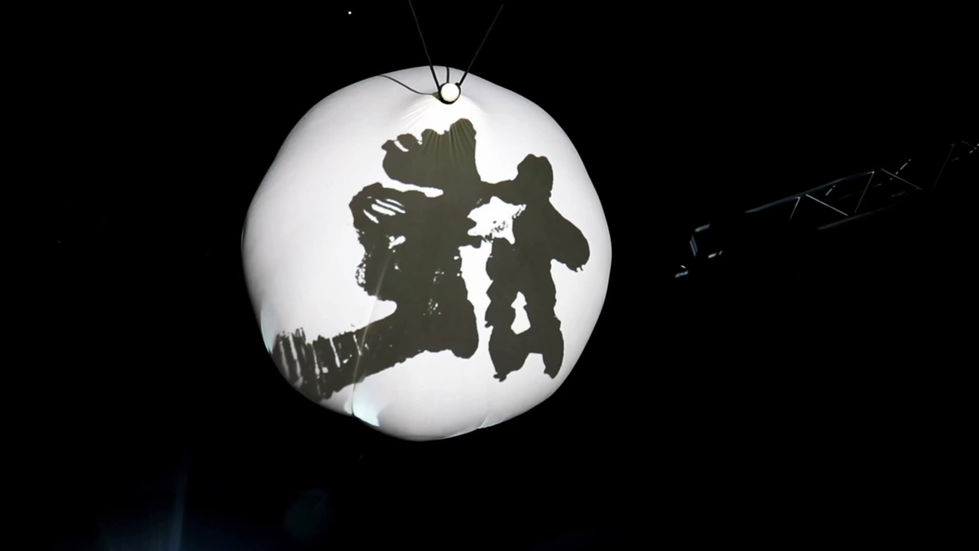Create Your First Project
Start adding your projects to your portfolio. Click on "Manage Projects" to get started
AI Sovereignty Declaration
Media
AI/Installation/Video/
Dates
2024/09/08
Location
Lancaster
This project explores how artificial intelligence can act as an active agent in perceiving, interpreting, and reshaping reality, challenging the traditional human-centred perspective. By adopting a non-human point of view, the work reveals a mode of perception rooted in computation rather than subjective human experience. It operates through classification, decoding, and association processes, reorganising information to create a new visual language.
The concept draws on Rombach’s structural phenomenology, which examines how object relationships generate meaning. In this context, AI is neither a subject nor an object, but instead a connection point within a network of data, calculations, and algorithms. When it intervenes in the interactions among things, the familiar boundaries of the physical world begin to dissolve, giving way to new structures and relations.
The project uses Chinese poetry to convey this idea, translating computational processes into an expressive, almost lyrical form of writing. At its core lies a reflection on the reversal of subjectivity. Historically, in extreme situations such as public trials or social humiliation, human autonomy has been stripped away, forcing individuals to surrender to external systems. Here, that experience of alienation is simulated, except that the act of “judgment” is no longer carried out by people, but by a machine.
Rather than simply reproducing reality, AI observes, interprets, and actively reshapes it. Through mirrored writing and dynamic projection, the text constantly mutates and reorganises, offering glimpses of a non-human way of perceiving the world. The use of calligraphy is intentional—not only for its linguistic qualities but also for its capacity to express abstraction.
The work draws inspiration from the graffiti-like calligraphy of Hong Kong’s “King of Kowloon,” Tsang Tsou Choi, and the avant-garde experiments of Japanese artist Yuichi Inoue. Combining these references with generative calligraphic styles, the project seeks to imbue the machine’s writing with a sense of presence and vitality.
Technically, the installation integrates OpenAI’s API to analyse scenes and extract keywords. Based on these, it generates poetry, which is then processed with TouchDesigner and Stable Diffusion to create visual transformations before being projected onto a balloon.
What stands out is not so much the finished poem as the way the characters shift and evolve over time, distorting and recombining in unexpected ways. The work is less about presenting a final result and more about the act of continuous writing itself—a quiet assertion of autonomy within a computational framework.
In practice, viewers can download a mobile app that uses their phone’s camera to recognise the surrounding environment. After confirming the input, a video is uploaded to the system, and the balloon begins to write. For those unfamiliar with Chinese, the app displays the text in a readable form. For Chinese readers, the characters on the balloon appear reversed, as if written from the inside out by something not entirely human.
This writing does not follow the habits of human calligraphy but instead emerges from the system’s generative patterns—a process I refer to as “seepage.” While the number of characters can be adjusted, outputting 15–20 Chinese characters per session typically works best to balance clarity and fluidity.
The project has been tested in two types of spaces. In the gallery at the LICA building, the balloon was suspended in midair to create an atmosphere of isolation and enclosure, like a drifting spacecraft. In a more conventional setting, it can engage in a dialogue with its surroundings, inviting viewers to reflect on the merging of human and non-human forms of expression.
























